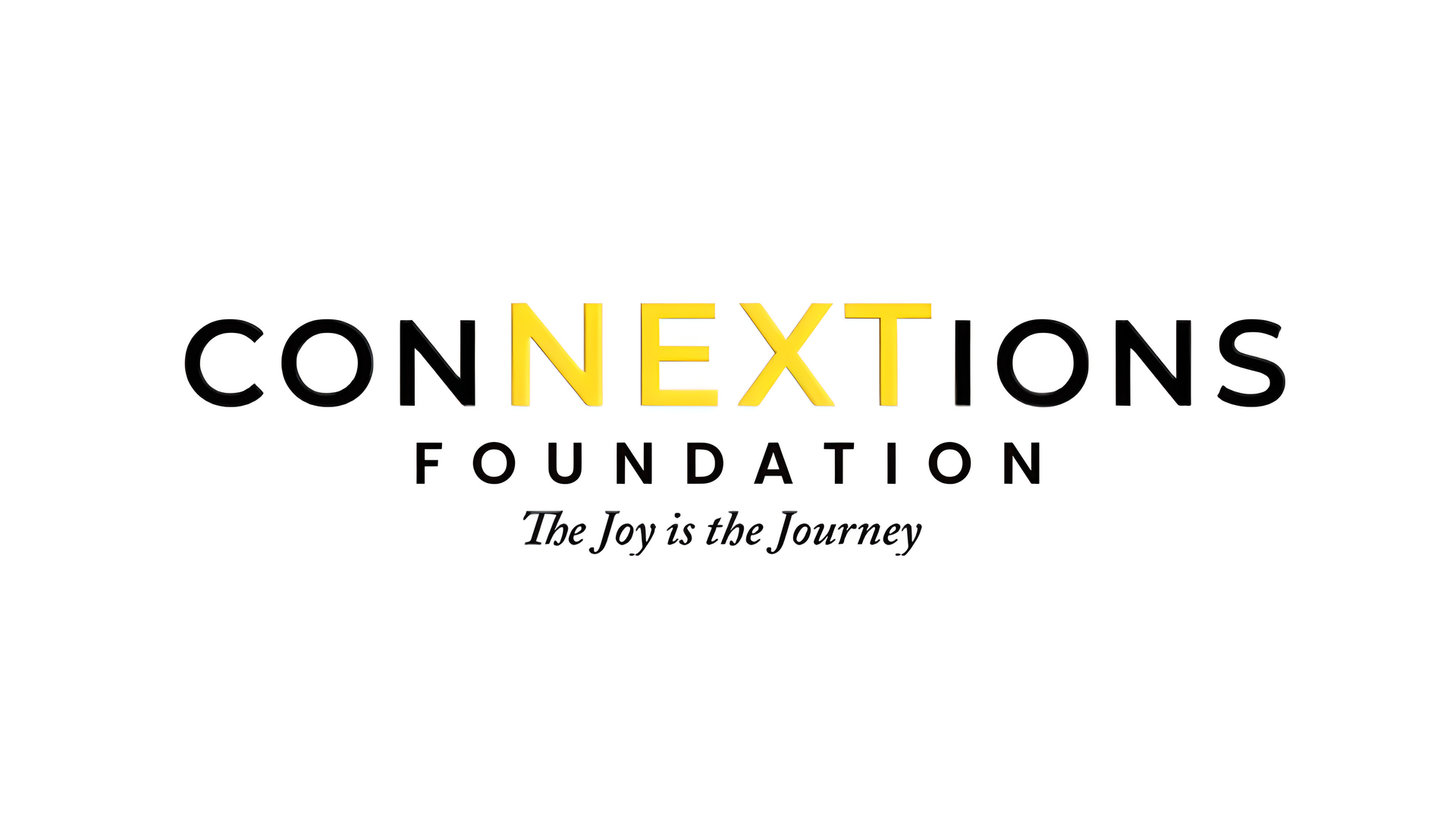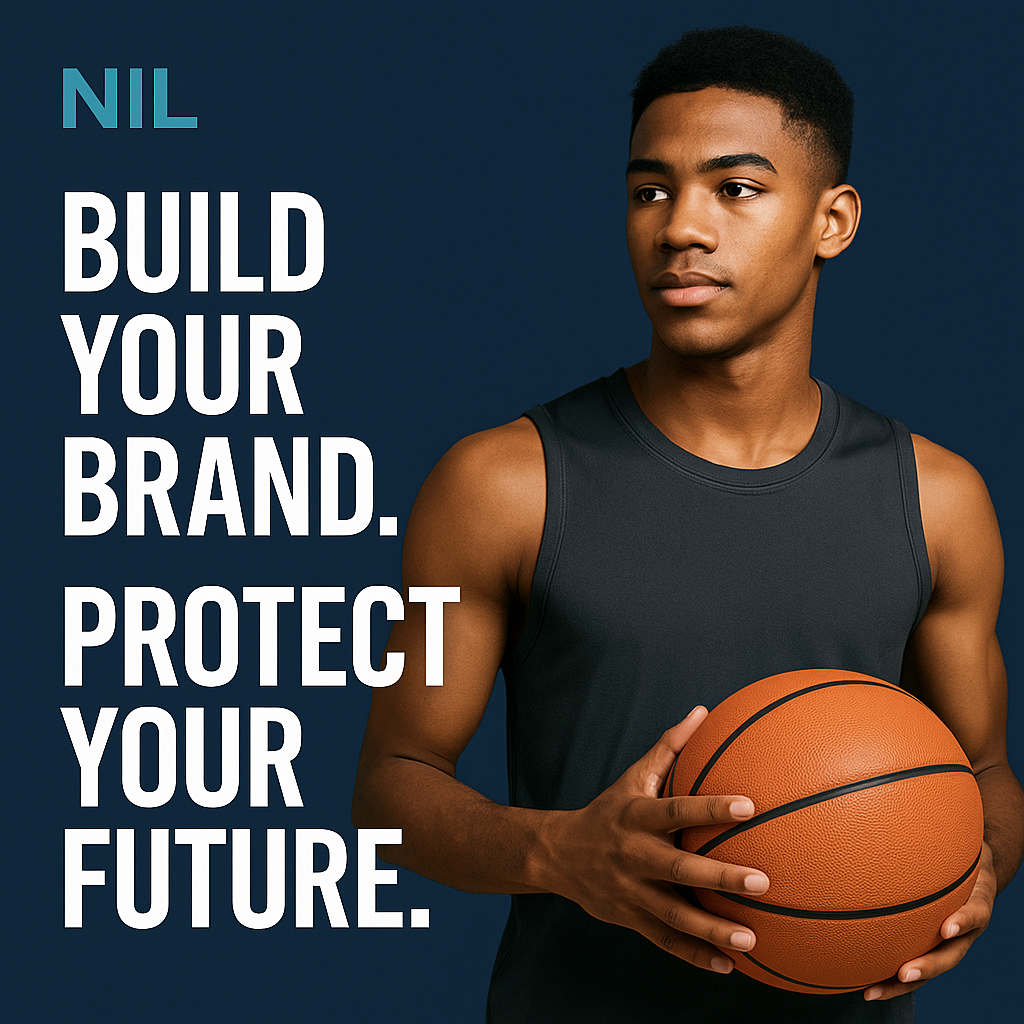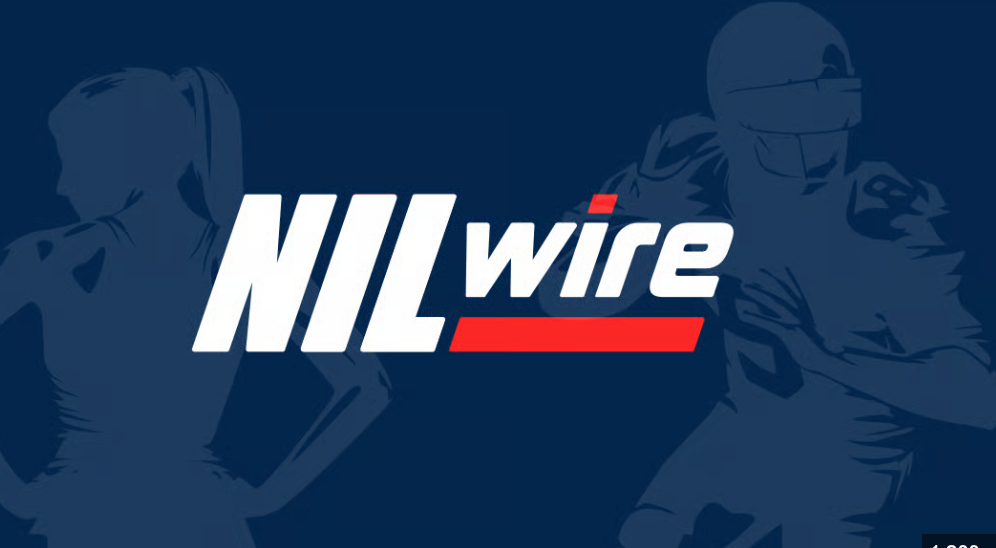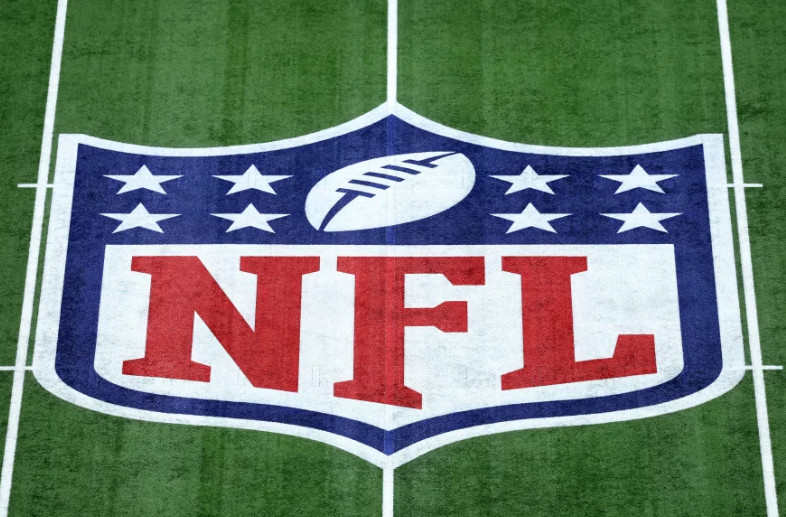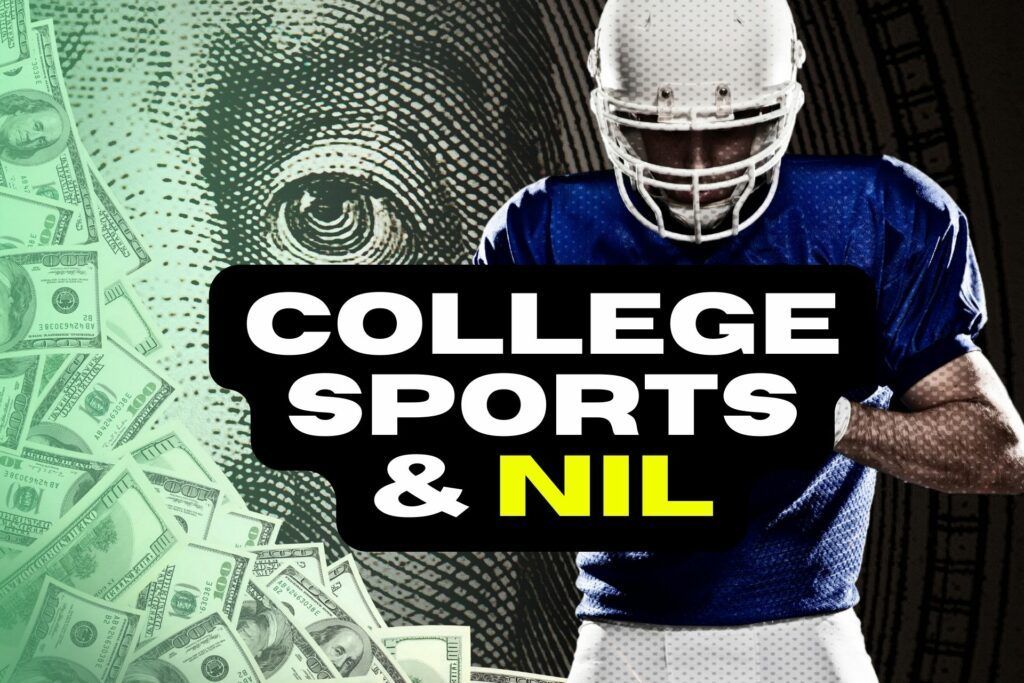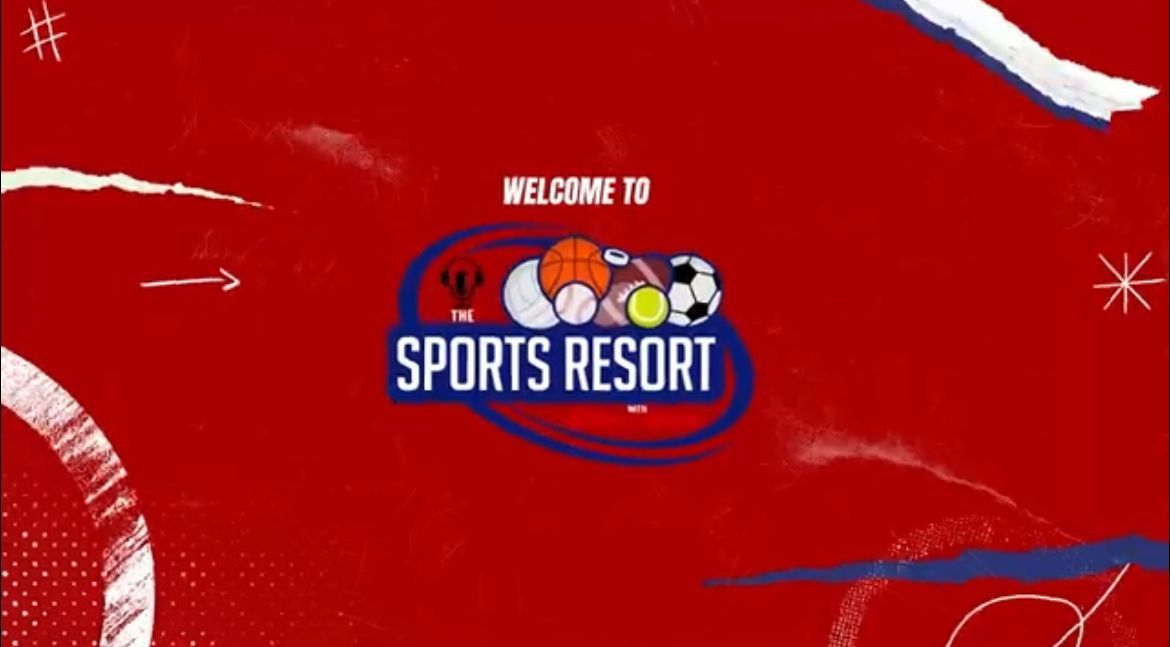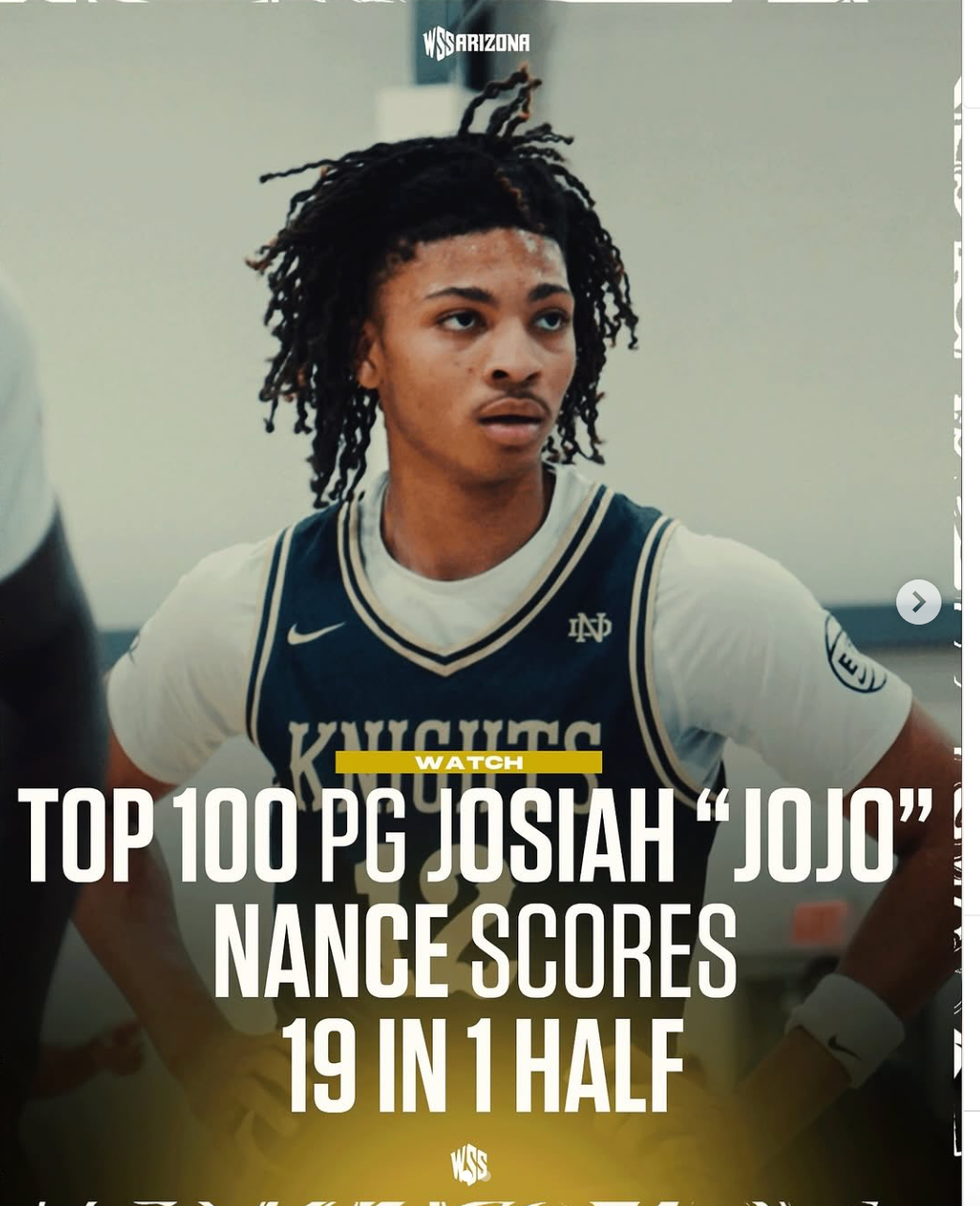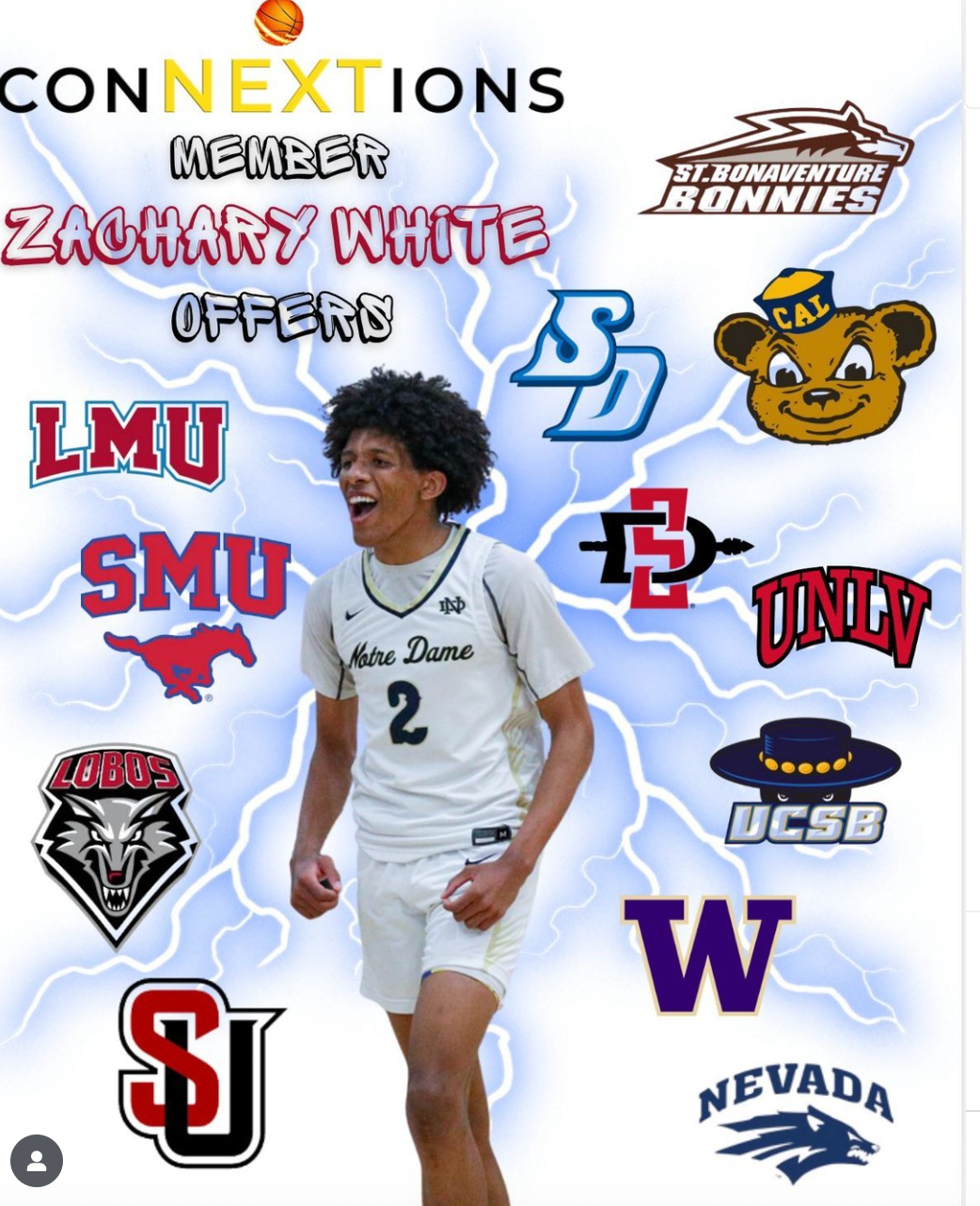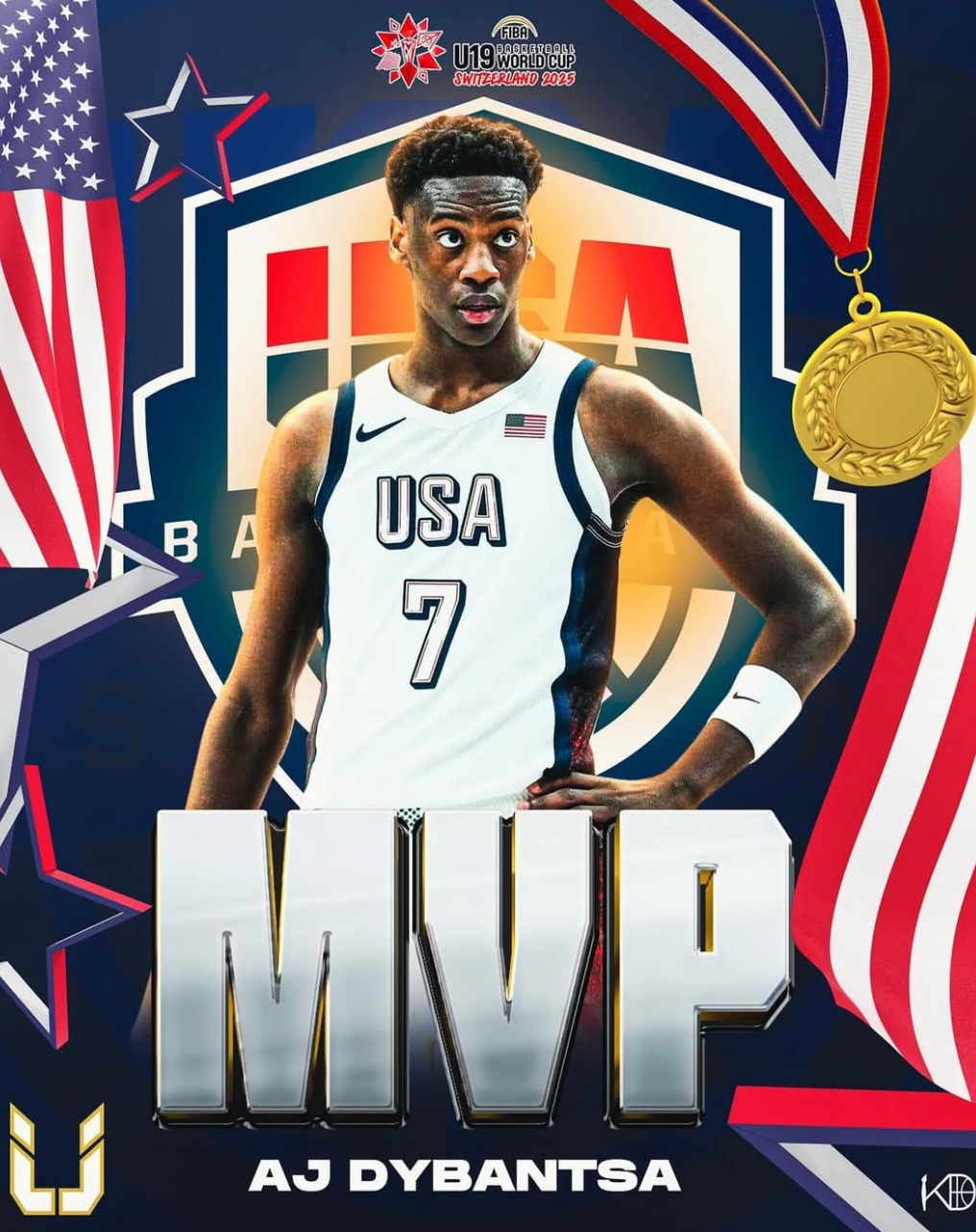🏛️ Judge Approves Landmark House v. NCAA Settlement: A New Era in College Sports
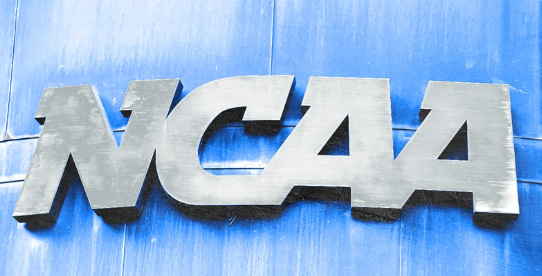
On June 6, 2025, U.S. District Judge Claudia Wilken granted final approval to the House v. NCAA settlement, ushering in seismic changes to how college athletics operate
What’s in the Deal?
- $2.8 billion in damages
To be paid over 10 years to former and current Division I athletes (active from June 2016 onward) who missed out on earnings from their Name, Image & Likeness (NIL) - Direct payments to current athletes
Beginning July 1, 2025, schools opting in can pay athletes up to $20.5 million per school in Year 1, with that cap growing by ~4% annually, reaching nearly $33 million by 2035 - Roster rules & scholarships
Institutions can adjust team roster sizes and scholarships. New “Designated Student‑Athlete” allowances protect current players; walk-ons may lose spots, though schools may reinstate cut athletes - Compliance & oversight
A new College Sports Commission (CSC) will oversee revenue-sharing, NIL deals (including audits of deals > $600), roster limits, and disputes via arbitration - Title IX uncertainties
While past back-payments are exempt, future gender equity in pay remains legally untested and may trigger lawsuits—already eight female athletes have filed an appeal
Why It Matters
This settlement marks a historic departure from NCAA amateurism norms, allowing schools to fairly compensate athletes outside scholarships.
- For power programs, up to 22% of athletics revenue can now be shared with players.
- Smaller schools face tricky decisions—some may opt out to avoid losing roster spots or paying into the system .
- Olympic sports and smaller NCAA programs could see budget crunches as payments favor revenue-generating sports like football and men’s basketball
Reaction Highlights
- NCAA President Charlie Baker called it a “new beginning” for college sports
- SEC, ACC, Big Ten, Big 12, Pac‑12 all backed the reform
- Sedona Prince, plaintiff and former TCU star, said it’s “historic … going to change millions of lives for the better”
- Legal uncertainty remains: Title IX, employment status, and antitrust issues are unresolved—more suits and potential Congressional legislation are expected
What’s Next?
- Schools decide whether to opt in or out—many power-conference schools will likely participate, but others (like Ivy League, some FCS programs) already opted out
- Implementation period begins—universities must set up pay structures, establish CSC compliance, and adjust rosters.
- Legal appeals play out—Title IX challenges and potential labor-law scrutiny may delay payouts. Retroactive back-pay is reportedly paused until appeals resolve
- Congress might step in to clarify athlete employment status, antitrust carve-outs, and gender equity in compensation
Final Thoughts
The House v. NCAA settlement marks the end of NCAA amateurism as we know it, unlocking billions in athlete compensation and fundamentally altering college athletics. It's an exciting leap forward—but also a complicated one, fraught with compliance, equity, and legal challenges. Schools, athletes, fans, and policymakers alike will need to adapt quickly to this new paradigm.
